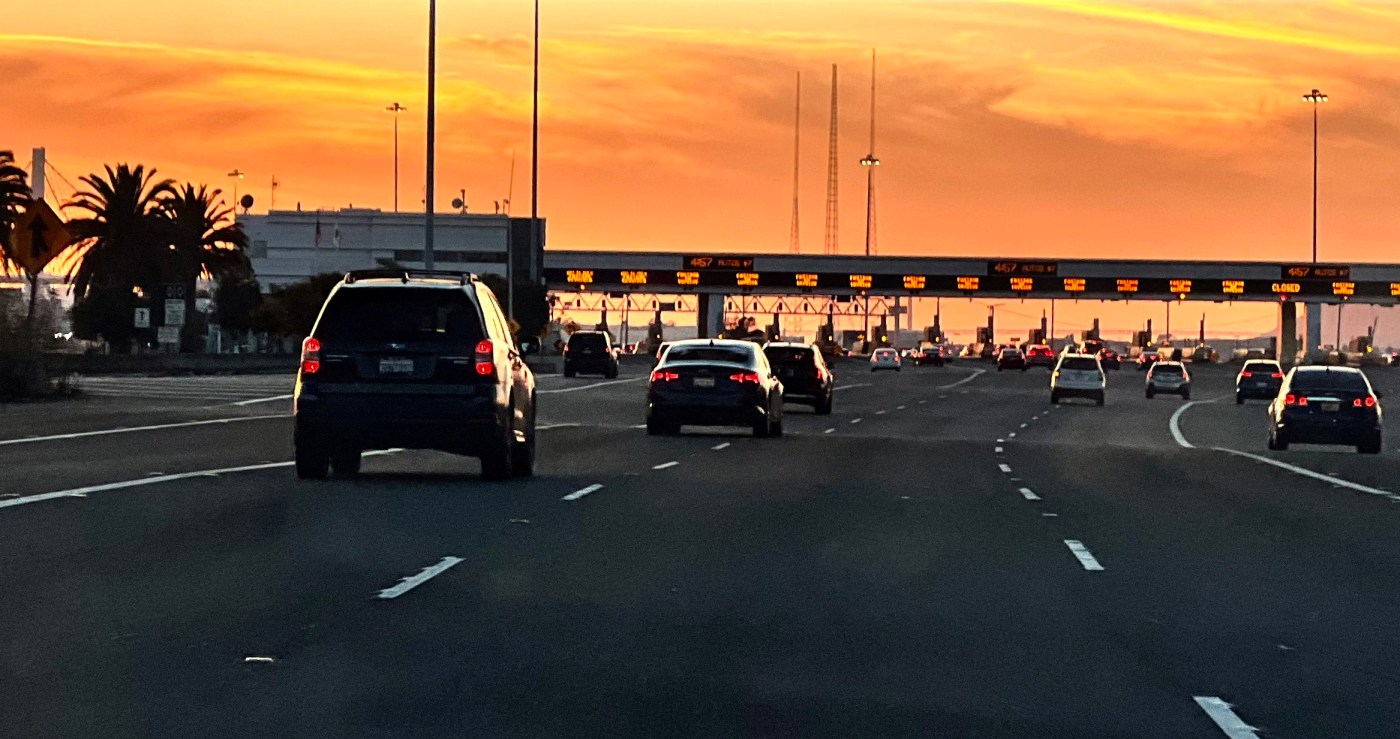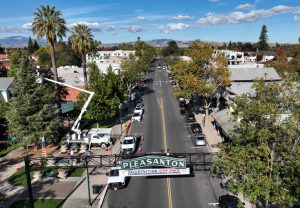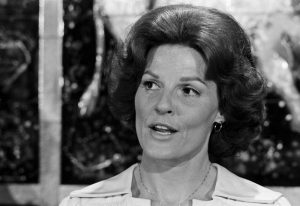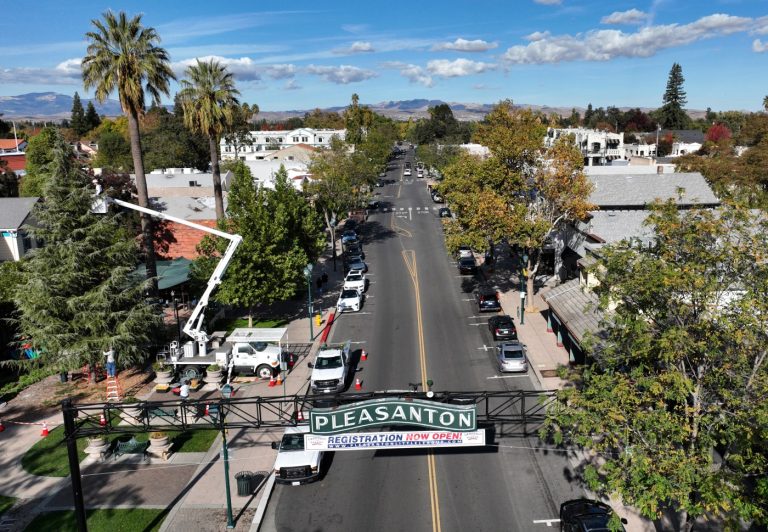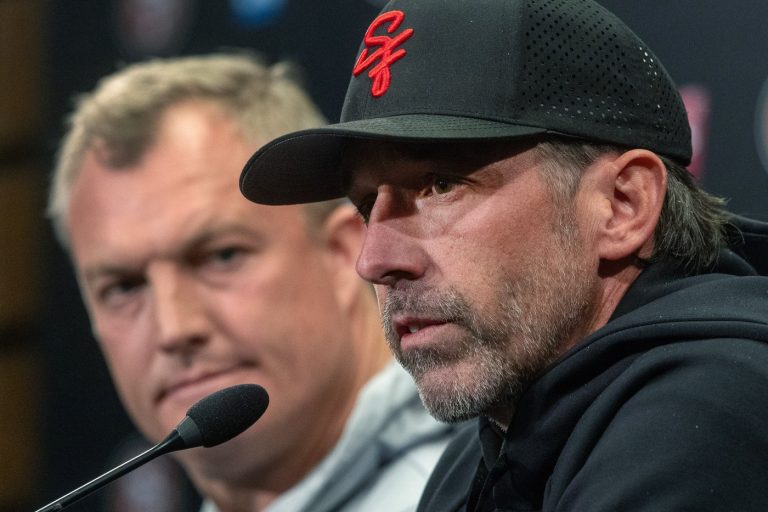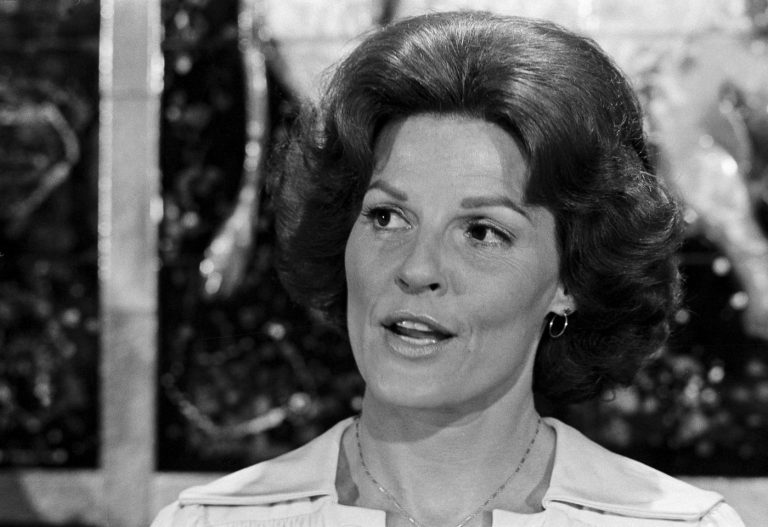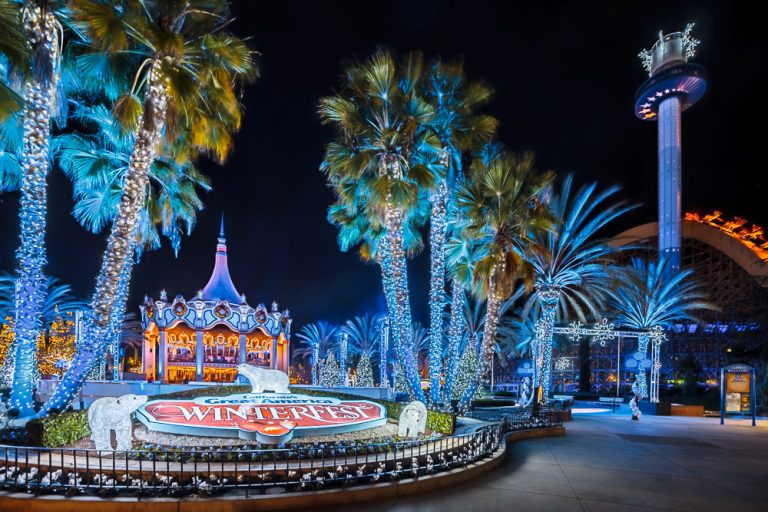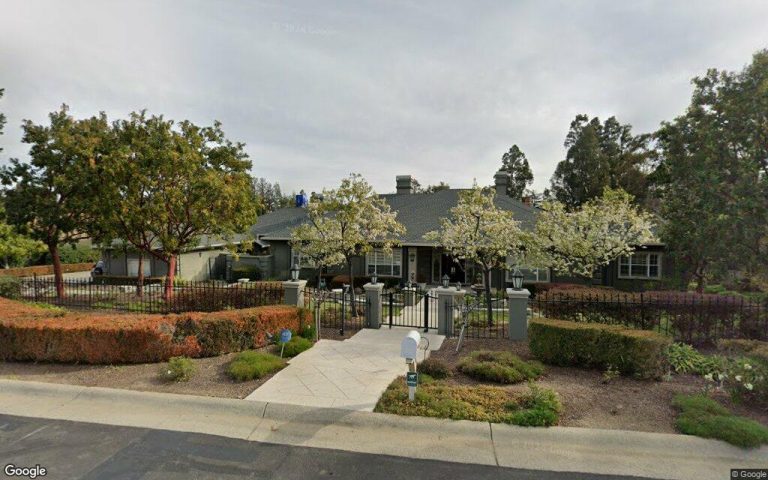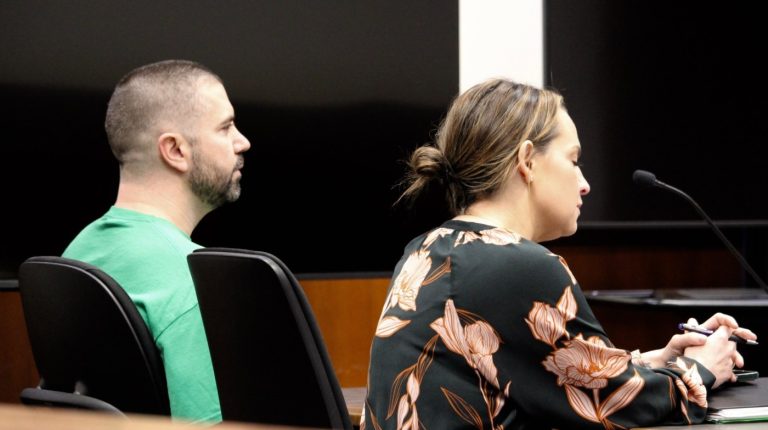When the Metropolitan Transportation Commission last month decided to permanently raise Bay Area bridge tolls by another $2.50 it was flying blind, lacking basic financial data to justify the increase.
That’s because the commission, which administers the region’s transportation and transit funding, comingles the bridge toll dollars. For example, it uses money that voters approved for transit and other transportation projects to instead provide bridge upkeep.
The comingling effectively creates a giant slush fund, making it impossible to determine how much money the agency has now and will need in the future to cover the cost of bridge maintenance and rehabilitation, the stated reason for the toll hikes.
Rather than demand accounting that would be useful for evaluating the toll increase, commissioners uncritically approved their staff’s recommendation.
As a result, the price of passage for automobiles on the Bay Area’s seven state-owned toll bridges will increase by 50 cents each year from 2026 to 2030, bringing the total to $10.50.
With no sign that the agency staff is planning to provide meaningful accounting for the commission or the public, it’s time for the Legislature to step in.
Sen. Dave Cortese, D-San Jose, says he’s considering seeking a state audit of MTC finances. Cortese chairs the Senate Transportation Committee and serves on the Joint Legislative Audit Committee, which assigns tasks to the state auditor.
When he was a member of the Santa Clara County Board of Supervisors, Cortese served as chairperson of MTC, so he knows the agency well.
“You’re asking the entire Bay Area to trust you with billions of dollars,” Cortese says. “You have to be able to show that your house is in order.”
Exactly. An audit of MTC can’t come soon enough.
Evasive responses
MTC’s responsibilities include distribution of local, state and federal transportation money for the region, funding for maintenance of the Bay Area state-owned toll bridges, and collection of toll revenues under three voter-approved ballot measures and three separate seismic safety increases.
The 18 voting commissioners, who are not directly elected to MTC, are almost all Bay Area elected county supervisors, mayors or city council members. Consequently, their primary focus is on their local jobs.
Before last month’s toll-increase vote, San Jose Mayor Matt Mahan, Alameda Mayor Marilyn Ezzy Ashcraft and Pleasant Hill Mayor Sue Noack were the only commissioners seriously inquisitive about the agency’s handling of its finances. They were met with evasive responses from the agency’s staff, who believe they are legally entitled to comingle the various components of the bridge toll money.
The source of the current $8 auto toll divides into four different programs:
The first dollar, approved by voters through Regional Measure 1 in 1988, was designated for operating, maintaining and replacing the bridges, as well as improvements to BART, Caltrain and San Francisco Muni.
Another $3 — approved in $1 increments by the Legislature, in 1997 and 2007, and MTC, in 2010 — was supposed to help cover the cost of seismic retrofitting, including the replacement of the Bay Bridge’s eastern span.
In 2004 voters approved Regional Measure 2, a $1 toll hike, and in 2018 approved Regional Measure 3, another $3 phased in with $1 increases at the start of 2019, 2022 and 2025.
Money from RM2 and RM3 was to help fund transit service operations and freeway, transit, bicycle and pedestrian projects, including BART’s seismic retrofit, new rail cars and extension to Warm Springs Station and San Jose; the Caldecott Tunnel fourth bore; and the eBART rail extension in eastern Contra Costa County.
Murky accounting
Each toll component has no expiration even though many of the projects they fund have finite costs. Thus, at a certain point, each measure should produce excess funds. But when those funds will be available, and how much they are, remains a mystery because of the commission staff’s murky accounting.
MTC staff argue they are legally free to use any of the excess funds for bridge maintenance. If that’s true, then does the agency need another $2.50 permanent toll for the same purpose?
That’s impossible to ascertain because MTC has treated the revenues from the programs as one giant pool of money and has not provided accounting that segregates the income and expenditures for each. They have even borrowed money through bond issues without allocating the liability to a specific program.
Related Articles
Editorial: Dublin should have been up front about term-limit ballot measure
Editorial: Voters should approve these three school parcel taxes
Editorial: Unpacking those confusing sales tax ballot measures. Here’s our take.
Editorial: In Berkeley, elect Ishii mayor for needed calm, respectful leadership
Editorial: Recall Alameda County DA Pamela Price. Here’s why.
The result is the giant slush fund with no way to determine when the financial responsibilities for the capital portions of each program have been met and therefore when more money might be available for bridge maintenance.
The public deserves transparency. And that’s clearly not forthcoming from the commission. Which is why a state audit is so critical.
What’s needed is an independent audit that disentangles by program the past and future bridge toll revenues and liabilities. It should show what the money has been and will be spent on. And it should clearly identify the bond revenues and payments attributable to each of the programs.
Only then will we know whether the bridge toll hike passed last month was justified and how long it should last.
